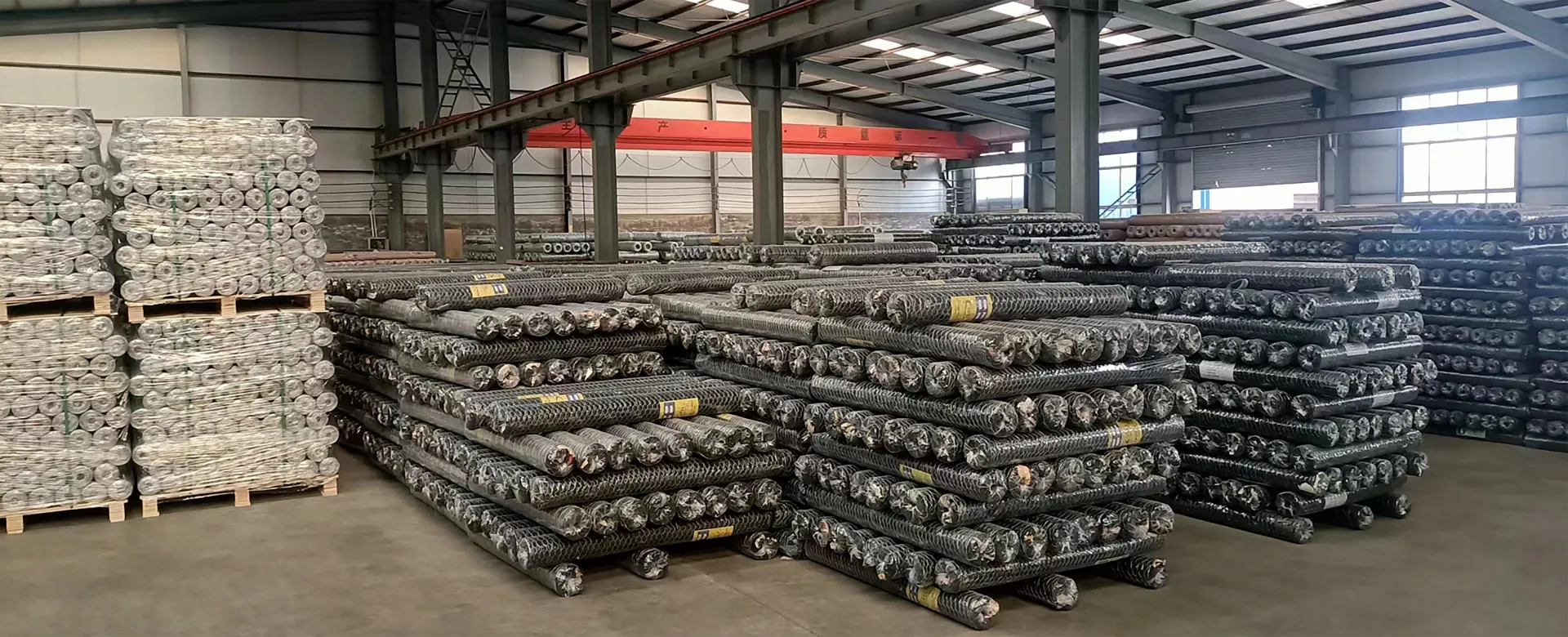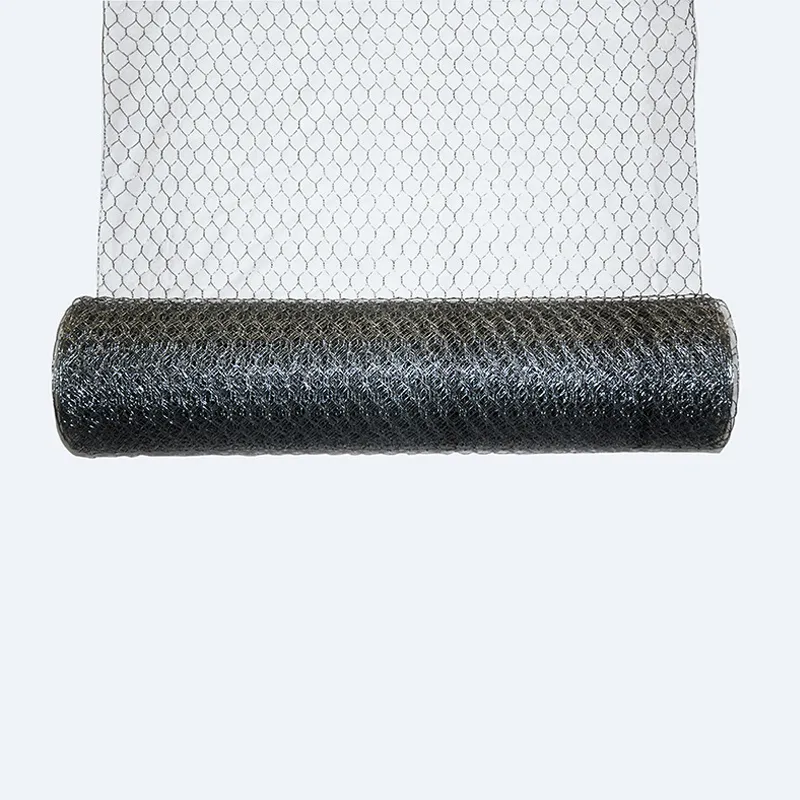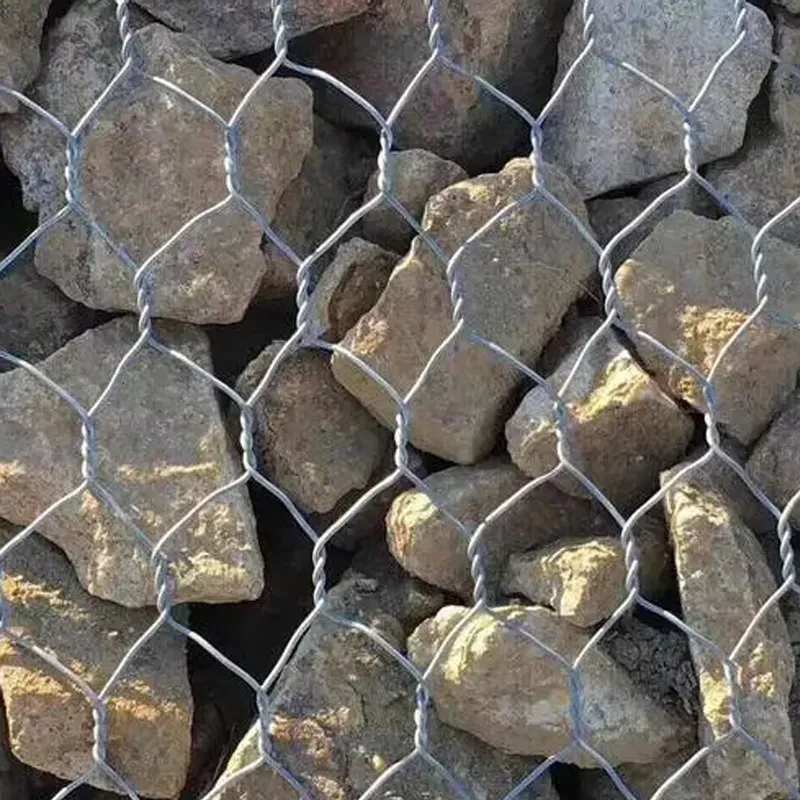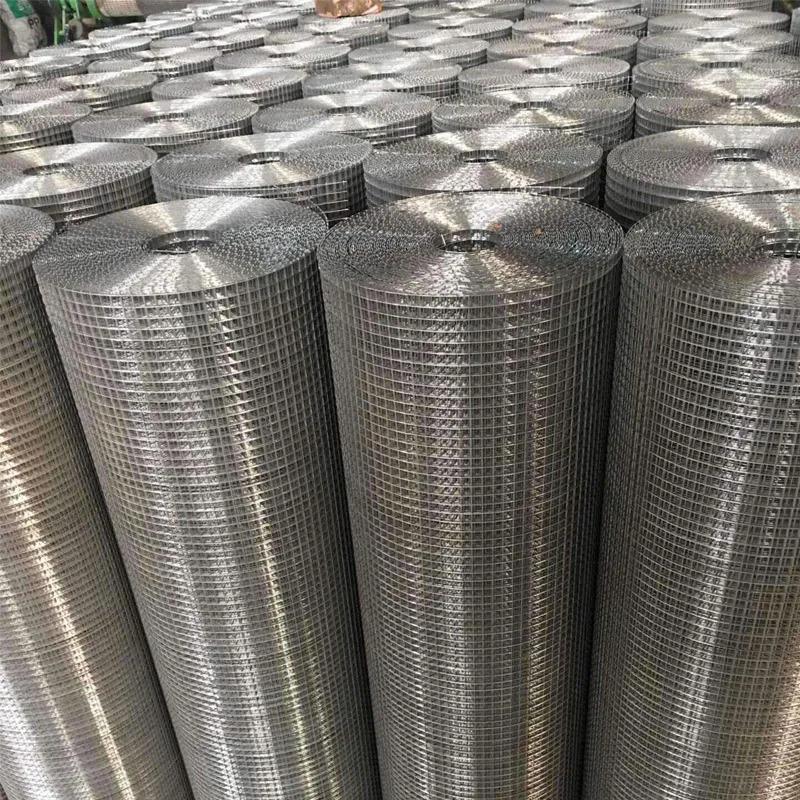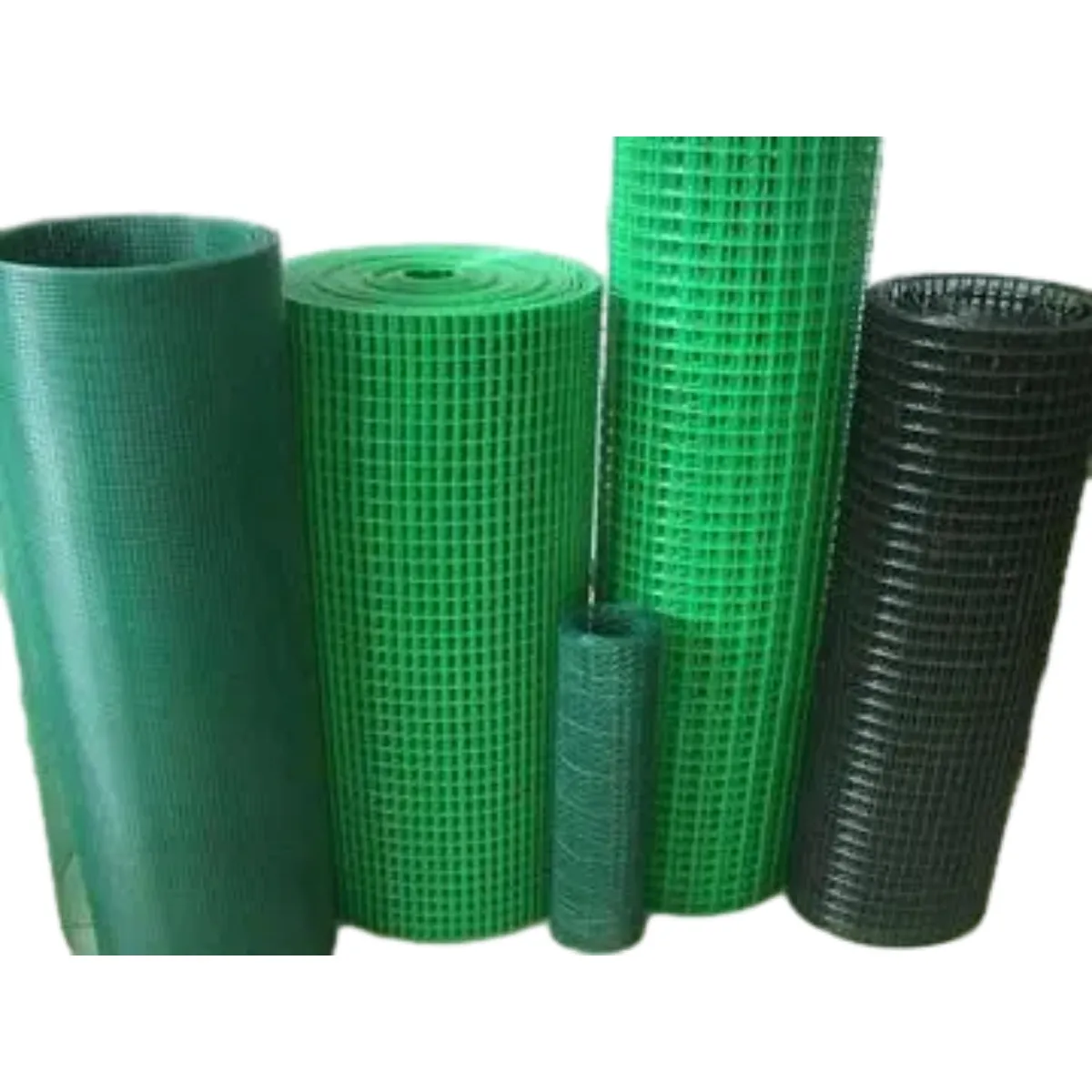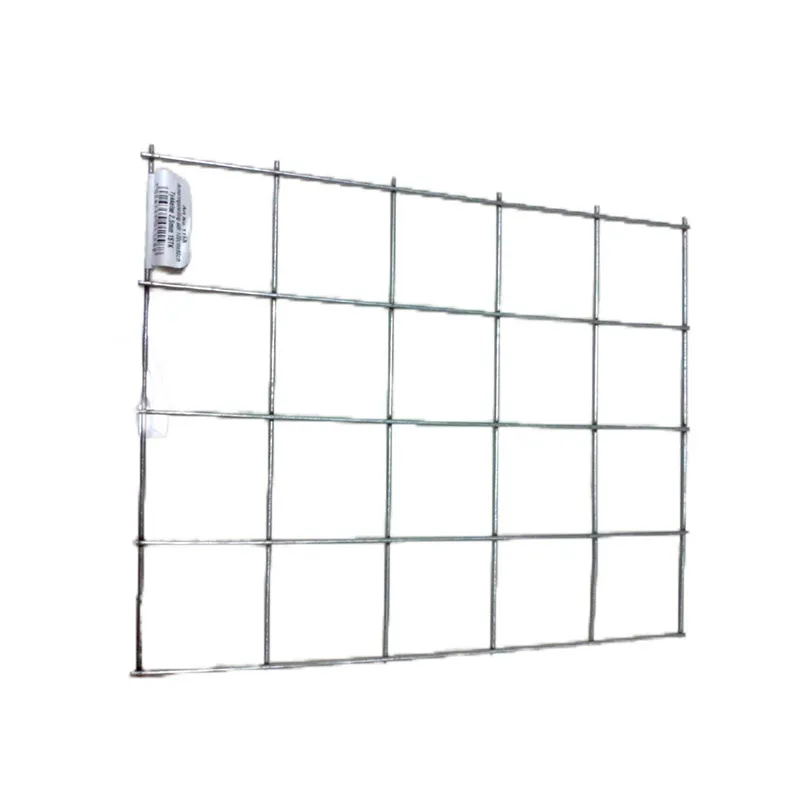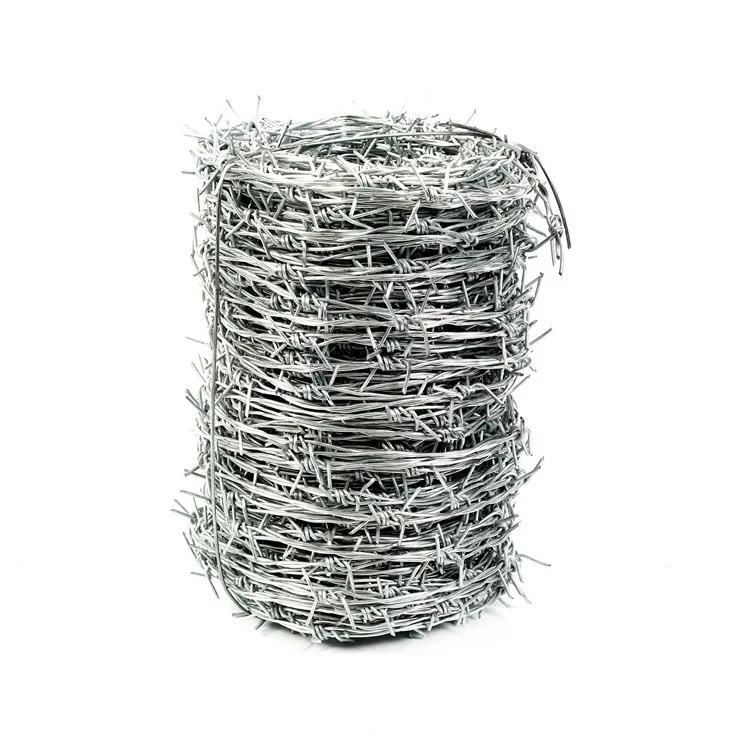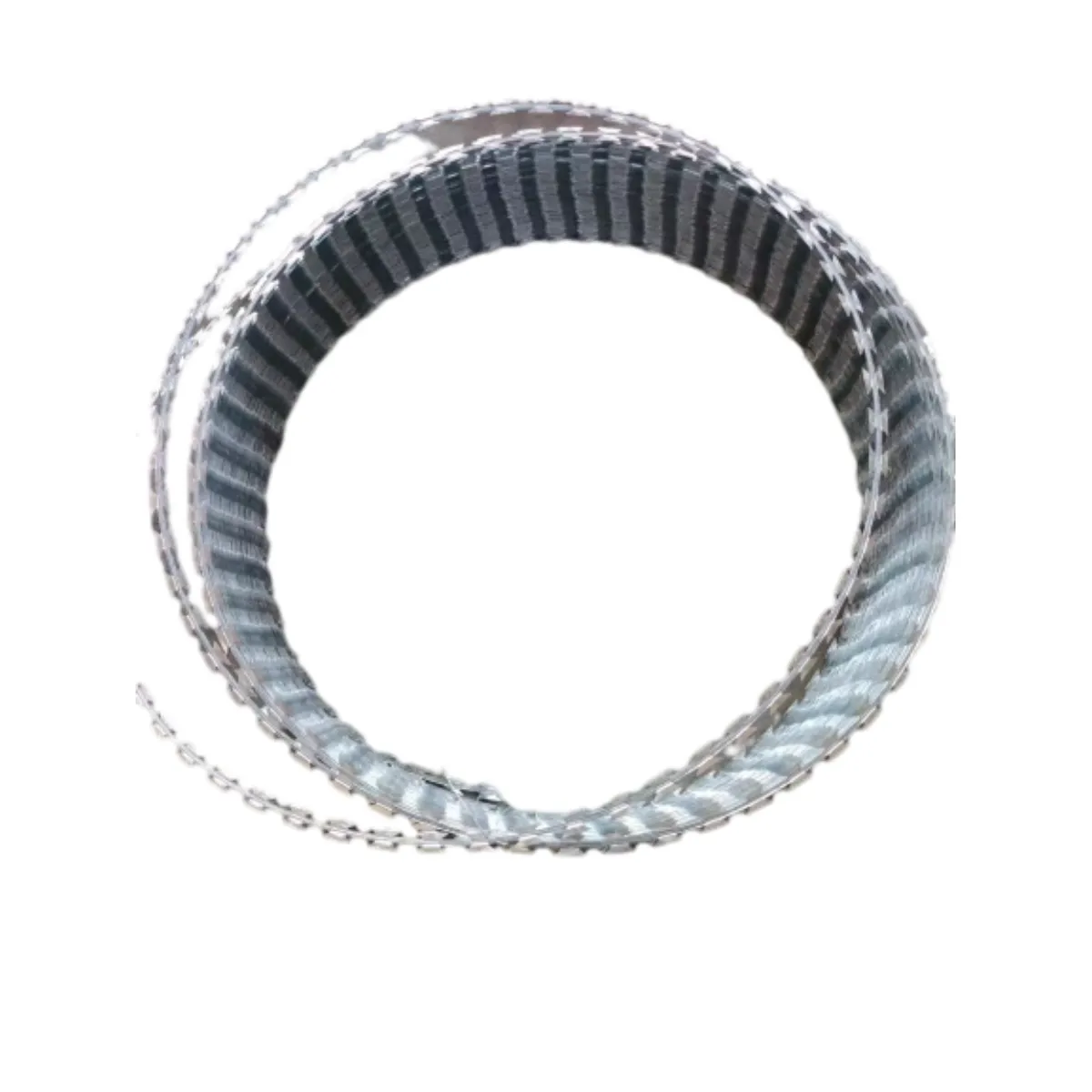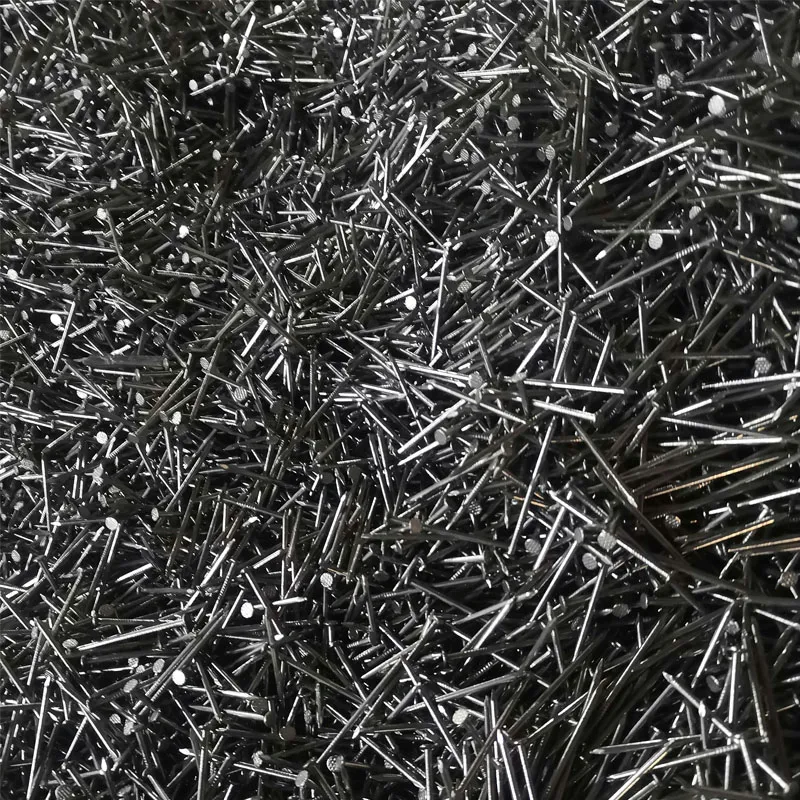Aug . 16, 2024 19:11 Back to list
Mesh Solutions for Effective Wall Plastering Techniques and Applications
The Role of Mesh in Plastering Enhancing Strength and Durability
Plastering is an essential component of construction and renovation, providing a smooth finish and protective layer to walls and ceilings. One increasingly popular method in plastering is the use of mesh, often referred to as plaster mesh. This material plays a crucial role in improving the integrity and longevity of plaster applications. In this article, we will explore the benefits of using mesh in plastering, its different types, and best practices for installation.
What is Plaster Mesh?
Plaster mesh is a reinforcing material, typically made from fiberglass or metal, that is applied to surfaces before plastering. Its primary purpose is to enhance the strength of plaster, preventing cracks and ensuring a more durable finish. Mesh can be used on various surfaces, including cementitious substrates, drywall, and insulated panels.
Benefits of Using Mesh in Plastering
1. Crack Prevention One of the main advantages of applying mesh in plastering is its ability to prevent cracks. Temperature fluctuations, settling of foundations, and structural movements can put strain on plaster layers. The mesh acts as a reinforcement, distributing stress evenly across the surface, thereby minimizing the risk of cracking.
2. Improved Adhesion Mesh creates a better bond between the plaster and the substrate. This adhesive benefit is particularly crucial when working with smooth or slick surfaces, such as painted walls or metal. Without mesh, plaster may peel away over time due to poor adhesion.
3. Enhanced Flexibility Plaster mesh adds a degree of flexibility to plaster applications. This is particularly important in areas prone to movement, such as corners, joints, and ceilings. The flexibility of the mesh allows it to absorb some of the stress without compromising the integrity of the plaster.
4. Protection Against Moisture Certain types of mesh are designed to be moisture-resistant, which is particularly beneficial in areas such as bathrooms and kitchens. This helps prevent water damage and ensures a longer lifespan for the plaster.
5. Ease of Installation Plaster mesh is generally easy to handle and install. It can be cut to size and applied quickly, often requiring minimal additional tools or equipment. This efficiency can lead to significant time savings during the plastering process.
Types of Plaster Mesh
mesh for plastering

There are various types of plaster mesh available, each suited for different applications
- Fiberglass Mesh This is the most common type used in plastering. It is lightweight, flexible, and resistant to moisture, making it ideal for general use.
- Metal Lath Made from steel or aluminum, metal lath offers robust structural support, making it suitable for heavier plaster applications and areas requiring added durability.
- Self-Adhesive Mesh This type of mesh has an adhesive backing, allowing for easy application without the need for additional adhesives. It is particularly useful for smaller repair jobs.
Best Practices for Using Mesh in Plastering
1. Surface Preparation Ensure that the surface is clean, dry, and free from dust or debris before applying the mesh to achieve the best adhesion.
2. Overlap Edges When using mesh, overlap the edges by at least an inch to provide continuous reinforcement throughout the surface.
3. Embed Properly Apply the plaster over the mesh while it is still fresh to ensure it is adequately embedded. This process helps achieve a seamless bond between the plaster and mesh.
4. Follow Manufacturer Guidelines Always adhere to the specific recommendations laid out by the manufacturer regarding installation techniques and curing times.
In conclusion, using mesh in plastering offers numerous advantages, from enhancing strength and flexibility to extending the lifespan of plaster finishes. By adopting the proper techniques and selecting the right type of mesh for your project, you can achieve a durable, crack-resistant, and visually appealing finish that stands the test of time. Whether you are a DIY enthusiast or a professional contractor, incorporating mesh into your plastering work is a smart and effective decision.
-
Weather Resistance Properties of Quality Roofing Nails
NewsAug.01,2025
-
How Galvanised Iron Mesh Resists Corrosion in Harsh Environments
NewsAug.01,2025
-
Creative Landscaping Uses for PVC Coated Wire Mesh Panels
NewsAug.01,2025
-
Common Wire Nail Dimensions and Their Specific Applications
NewsAug.01,2025
-
Choosing the Right Welded Wire Sheets for Agricultural Fencing
NewsAug.01,2025
-
Anti - Climbing Features of Razor Wire Barriers
NewsAug.01,2025

